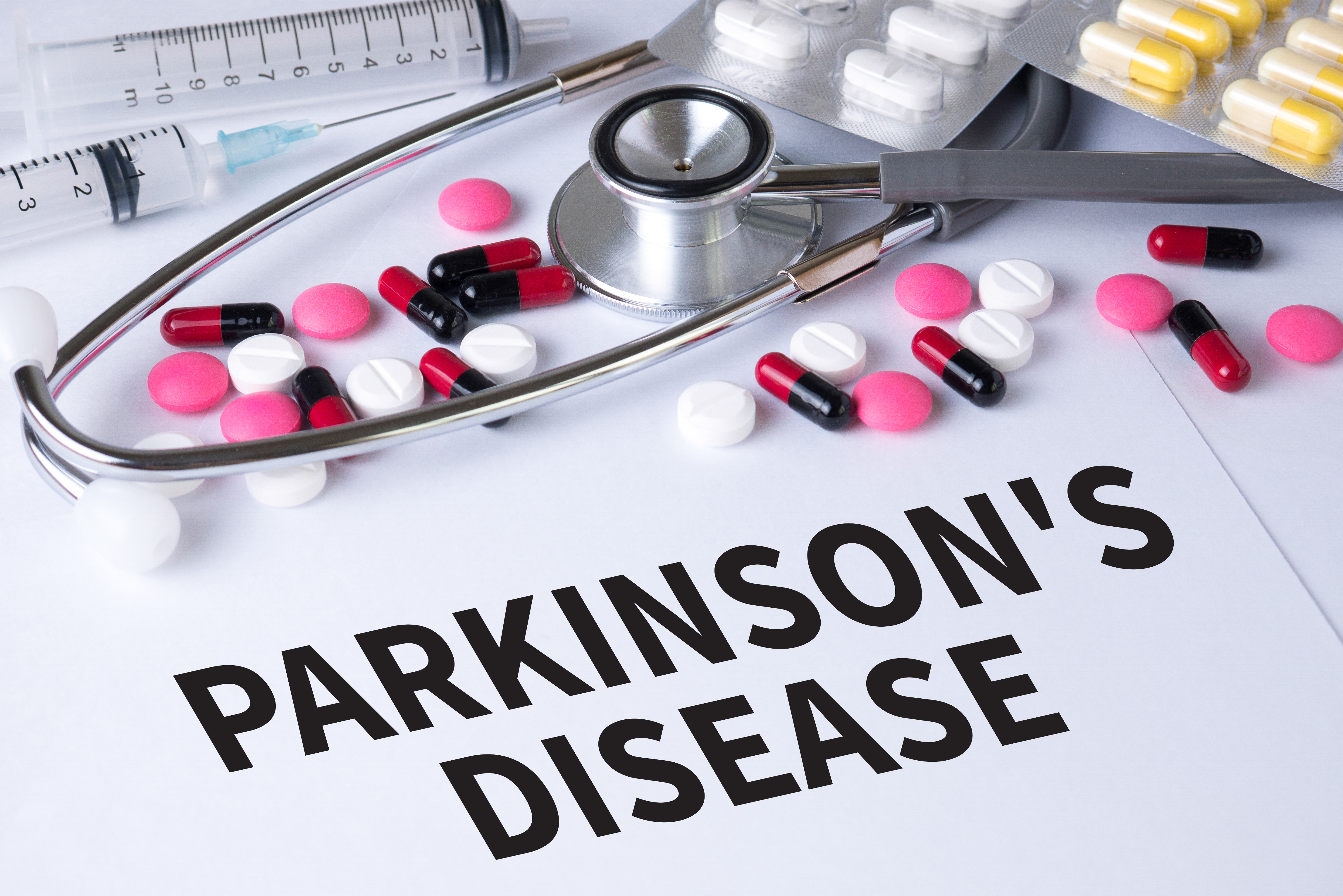Clinical Trials in Parkinson's Disease: Considerations and Challenges

Datapharm Australia has previously described why Australia is an attractive location for Sponsors worldwide to conduct clinical trials in Parkinson’s Disease. Read more here.
In this blog, we wish to dive deep into the clinical aspects of Parkinson’s disease as well as discuss the key challenges associated with the drug development process.
Five Key Points of Parkinson’s Disease
- Parkinson’s disease continues to be on the rise in the last two decades
- Symptoms and progression vary markedly among individuals diagnosed with Parkinson’s disease
- No disease-modifying treatments have been approved for Parkinson’s disease
- A change in disease progression cannot yet be easily measured due to the lack of progression biomarkers and the heterogeneous pathophysiology
- Sponsors may consider a rapid, inexpensive, and well-established pathway for meeting regulatory approval
About Parkinson’s Disease
Parkinson’s disease is a progressive, degenerative neurological disorder that affects both motor and cognitive function.[1] Parkinson’s disease has become more prevalent in the last 20 years, and is the fastest-growing neurological condition globally.[1,2] More than 10 million worldwide are currently affected by Parkinson’s disease according to the World Health Organisation.[2] In Australia, up to 50 people are diagnosed with Parkinson’s disease each day.[2] Parkinson’s is the second most common neurological disease in Australia after dementia.[2] Most people are diagnosed around the age of 60. However, young onset Parkinson’s (diagnosed under the age of 50) makes up around 20% of all people living with Parkinson’s.[3]
Symptoms of Parkinson’s Disease
No two individuals experience Parkinson’s disease the same way. People with Parkinson’s disease differ markedly in terms of their symptoms, severity of those symptoms, disease progression, their response to treatment, and risk of complications. There are more than 50 symptoms associated with Parkinson’s disease. The more distinctive motor symptoms of Parkinson’s disease are slowness of movement, tremors, rigid muscles, gait, and balance problems.[5] However, most symptoms are nonspecific and unrelated to motor function[4], including fatigue, loss of sense of smell, sleeping disturbances, constipation, anxiety, depression as well as cognitive impairment. [6]
Risk Factors
To date, the causes of Parkinson’s disease are not well known, although it likely involves both genetic (gene mutations such as SNCA, LRRK2, PRKN, PINK1, GBA) and environmental factors (Exposure to toxins like pesticides and traumatic brain injury). Naturally, any interactions between these factors are quite complex and not well understood. [1]
Treatment Options
While there is currently no cure for Parkinson’s disease, there are treatments that can provide symptomatic relief for most people and maintain their quality of life. Treatment should be individualised for best outcomes, and may include: [1,7]
- Medications: Levodopa, dopamine agonists, monoamine oxidase-B inhibitors
- Surgery: High-frequency stimulation (deep brain stimulation) or lesion surgery
- Supportive therapies: Multidisciplinary healthcare professionals (e.g. physiotherapist, psychiatrist, social worker, dietician, speech and language therapist, occupational therapist)
- Lifestyle interventions: Exercise, diet and nutrition
Challenges with Parkinson’s Disease Drug Development
A recent report in 2023 found that, while the drug development pipeline for Parkinson’s disease is evolving and broad, there is very slow progress in this area with a lack of new investigational products transitioning from Phase 2 to Phase 3 clinical trial programs.[8]
To date, no therapy has demonstrated that it can modify the progression of Parkinson’s disease. One of the main challenges is that a change in disease progression cannot yet be easily measured due to the lack of progression biomarkers and heterogeneous pathophysiology.[9]
A 2020 paper by Kieburtz et al. summarised the several obstacles commonly encountered by pharmaceutical companies in the development of “disease-modifying” therapies for Parkinson’s disease.[10] Firstly, the cost and time associated with drug development for central nervous system (CNS) drugs are significantly higher and longer when compared with non-CNS drugs.[10] The lack of measurable target engagement for Parkinson's disease also presents challenges in demonstrating a disease-modifying effect to regulatory agencies.[10]
Proposed Strategies to Overcome Challenges
Kieburtz et al. suggested several strategies in the drug development process for Parkinson’s disease.[10] Although this would not typically lead to a “disease-modifying” indication, it could potentially be a relatively rapid, inexpensive, and well-established pathway for meeting regulatory approval.
- Study Design: Consider a simple double-blind placebo-controlled parallel group trial
- Endpoint Selection: The change in the Unified Parkinson Disease Rating Scale (UPDRS) score or time without troublesome dyskinesia are considered well-accepted endpoints to meet drug approval.
- Label Description: Engage with regulatory agencies well before a submission to discuss potential language for a future label. Consider using straightforward and clear descriptions of relevant basic science, such as the mechanism of action, and specific clinical findings from the trials and avoid terms like "disease modification" or "neuroprotection."
If you would like support developing or running your Parkinson’s Disease clinical trial, contact us today.
References
- Bloem BR, Okun MS, Klein C. Parkinson's disease. Lancet. 2021 Jun 12;397(10291):2284-2303. doi: 10.1016/S0140-6736(21)00218-X.
- https://www.parkinsons.org.au/statistics/
- https://shakeitup.org.au/understanding-parkinsons/
- https://www.parkinsonsnsw.org.au/parkinsons-awareness/
- https://www.parkinsonsnsw.org.au/symptoms-and-complications/
- https://shakeitup.org.au/understanding-parkinsons/symptoms-of-parkinsons/
- https://shakeitup.org.au/treatments-parkinsons/
- McFarthing K, Buff S, Rafaloff G, Fiske B, Mursaleen L, Fuest R, Wyse RK, Stott SRW. Parkinson's Disease Drug Therapies in the Clinical Trial Pipeline: 2023 Update. J Parkinsons Dis. 2023;13(4):427-439. doi: 10.3233/JPD-239901.
- Boucherie DM, Duarte GS, Machado T, Faustino PR, Sampaio C, Rascol O, Ferreira JJ. Parkinson's Disease Drug Development Since 1999: A Story of Repurposing and Relative Success. J Parkinsons Dis. 2021;11(2):421-429. doi: 10.3233/JPD-202184. PMID: 33459662; PMCID: PMC8150606.
- Kieburtz K, Katz R, McGarry A, Olanow CW. A New Approach to the Development of Disease-Modifying Therapies for PD; Fighting Another Pandemic. Mov Disord. 2021 Jan;36(1):59-63. doi: 10.1002/mds.28310. Epub 2020 Oct 7. PMID: 33026697; PMCID: PMC7891378.


